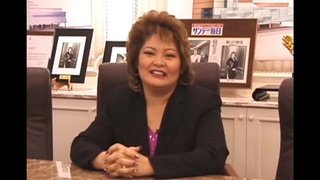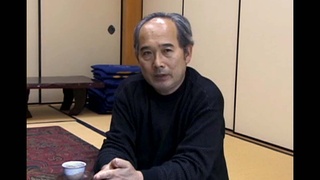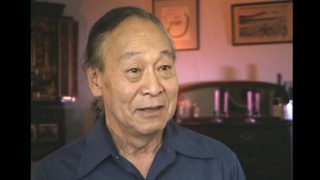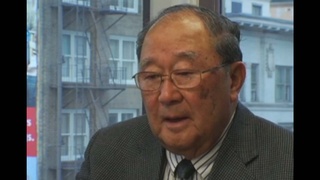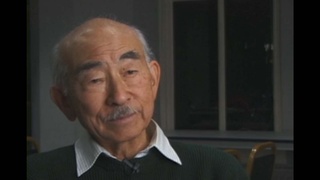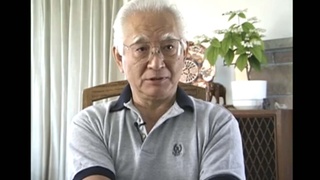Interviews
Proud to be a Japanese desecendant (Spanish)
(Spanish) I left Japan on the Buenos Aires Maru. In practical terms, it [the ship] was built to be a battleship, I don’t know. But the crew, the majority had been to war. And before arriving at Yokohama because first we arrived at Yokohama and then at Kobe, I disembarked at Kobe. But before arriving at Yokohama, everyday, everyday, we did as one says in nihongo (Japanese), “donchan sawagi,” because we were at war, you know, as they celebrated with flags and a bunch of things. When we arrived at Yokohoma there was a big celebration, a welcoming [celebration], because already everything had been prepared. For that [reason] I say that I saw the best part of Nihon (Japan) before, during, and after the war, and over time, like twenty years or more…I saw four faces of Nihon. For that reason, I can say that I am lucky to have seen [every facet] of Japan, the worst, the best, the good and the bad, and much better. I saw it all. I don’t say this to everybody, of course, one has it inside, but it is a pride that I have in the strength of the nihonjin (Japanese). There is much that doesn’t bother them [the Japanese], but I feel it.
Date: September 18, 2006
Location: Buenos Aires, Argentina
Interviewer: Takeshi Nishimura, Ricardo Hokama
Contributed by: Centro Nikkei Argentino


